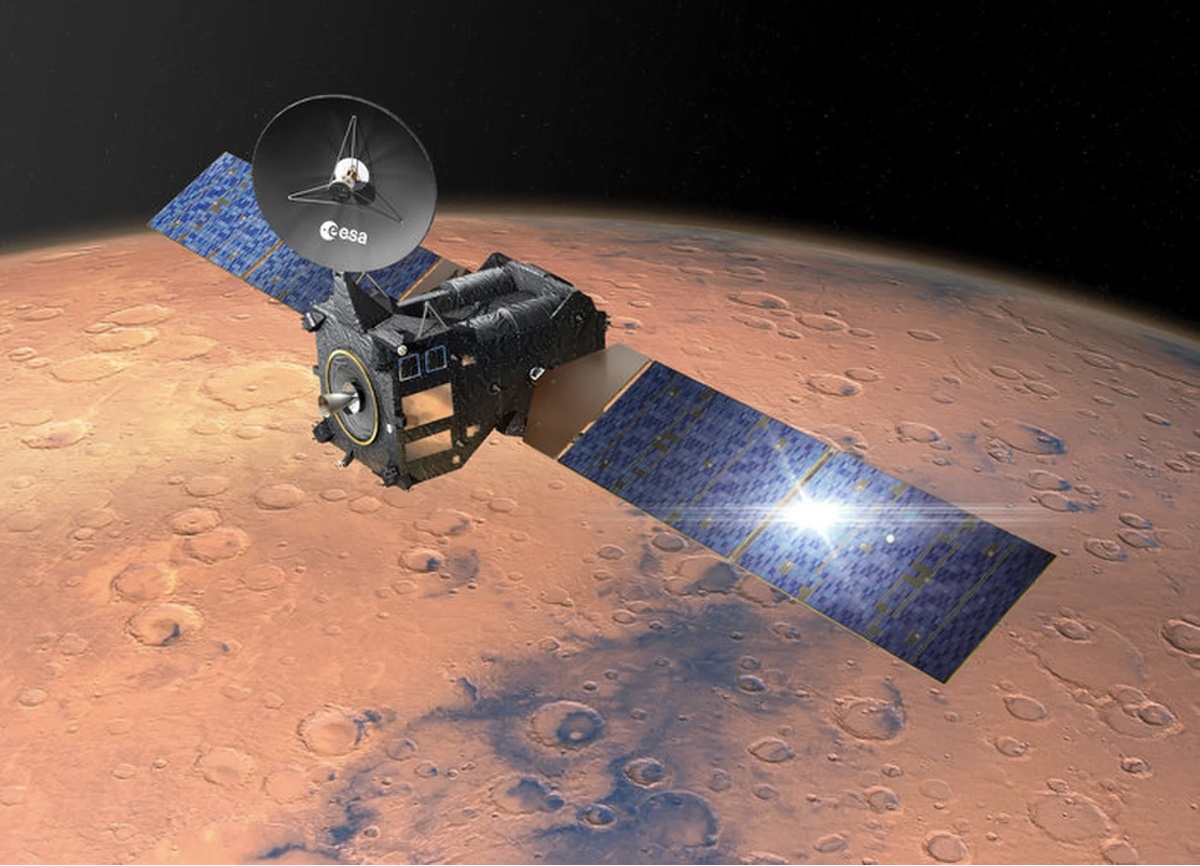Astronauts Going to Mars Will Absorb Crazy Amounts of Radiation. Now We Know How Much.
New data from one of the many spacecraft at work around Mars confirm just how dangerous a round-trip human journey would be by measuring the amount of radiation an astronaut would experience.
Cosmic radiation is made up of incredibly tiny particles moving incredibly fast, nearly at the speed of light — the sort of phenomenon a human body isn't very well equipped to withstand. That radiation travels across all of space, but Earth's atmosphere buffers us from the worst of its impacts. That means the farther away from Earth's surface you go, the more cosmic radiation your body absorbs. [Space Radiation Threat to Astronauts Explained (Infographic)]
By the time you're traveling to and from Mars, that gets to be a very big problem. "Radiation doses accumulated by astronauts in interplanetary space would be several hundred times larger than the doses accumulated by humans over the same time period on Earth, and several times larger than the doses of astronauts and cosmonauts working on the International Space Station," Jordanka Semkova, a physicist at the Bulgarian Academy of Sciences and lead scientist on the new research, said in a statement. "Our results show that the journey itself would provide very significant exposure for the astronauts to radiation."
Those results are based on data from the European Space Agency's Trace Gas Orbiter, a spacecraft that has been circling the Red Planet since 2016. One of the instruments it carries is a dosimeter, which has been taking measurements throughout the orbiter's journey.
According to the team behind the new research, those measurements show that just getting to and from Mars would expose astronauts to at least 60 percent of the current recommended maximum career exposure.
What precisely that recommended maximum is varies with sex and age, but it ranges from 1 sievert for a 25-year-old woman to 4 sieverts for a 55-year-old man. (The measurement of sieverts already accounts for differences in weight.)
But 60 percent just for the round-trip is particularly concerning, since presumably the point of going to Mars is to spend at least a little time on the planet's surface — ideally, without overdosing on radiation.
Get the world’s most fascinating discoveries delivered straight to your inbox.
Email Meghan Bartels at mbartels@space.com or follow her @meghanbartels. Follow us @Spacedotcom, Facebook and Google+. Original article on Space.com.
Meghan is a senior writer at Space.com and has more than five years' experience as a science journalist based in New York City. She joined Space.com in July 2018, with previous writing published in outlets including Newsweek and Audubon. Meghan earned an MA in science journalism from New York University and a BA in classics from Georgetown University, and in her free time she enjoys reading and visiting museums. Follow her on Twitter at @meghanbartels.




